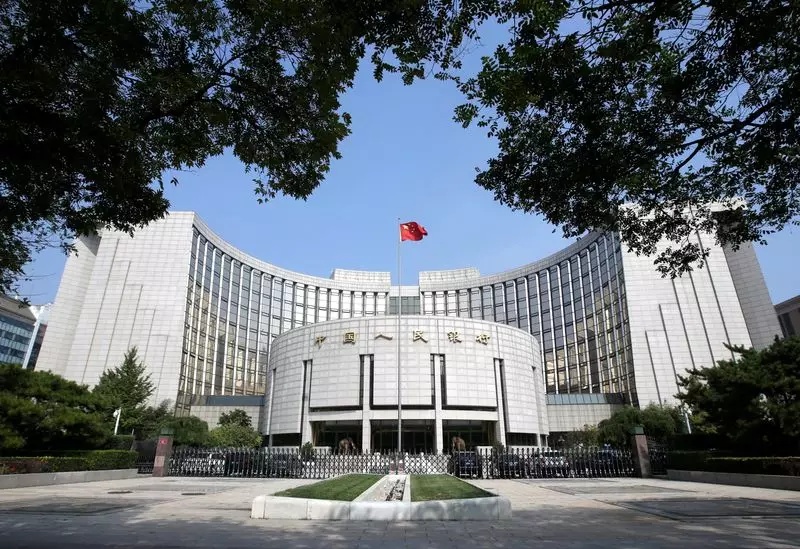China’s surprise decision to lower key short-term policy rates and benchmark lending rates came as a shock to markets around the world. The move signals the country’s determination to counter the economic challenges it currently faces, including weaker-than-expected economic data, looming deflation, a property crisis, rising debt, and subdued consumer and business sentiment.
The recent rate cuts are a response to the sharp slowdown in growth momentum during the second quarter and the urgent need to achieve the growth targets set by the government. Larry Hu, chief China economist at Macquarie, notes that the unexpected move is likely a result of the pressure on China to stimulate economic growth amidst escalating trade tensions and increasing global uncertainties.
The People’s Bank of China (PBOC) announced a reduction in the seven-day reverse repo rate and the benchmark lending rates to stimulate lending and boost economic activity. This move was coupled with adjustments to the lending programme and collateral requirements, aimed at providing banks with more flexibility in managing their bond portfolios. Following the rate cuts, the yuan weakened against the dollar, and Chinese sovereign bond yields experienced a downward shift.
The rate cuts in China come at a time when global central banks, such as the Federal Reserve, are considering interest rate cuts to stimulate their respective economies. The PBOC’s decision reflects a broader trend of easing monetary policy to support economic growth and stabilize market conditions. Analysts anticipate further rate reductions in China as the global economic outlook remains uncertain.
The PBOC’s rate cut is part of a larger strategy to strengthen counter-cyclical adjustments and support the real economy. The restructuring of the monetary policy transmission channel and the focus on market-oriented interest rate mechanisms highlight China’s commitment to enhancing the effectiveness of its monetary policy tools. Governor Pan Gongsheng’s assertion that the seven-day reverse repo rate serves as the main policy rate underscores the evolving nature of China’s monetary policy framework.
China’s unexpected rate cuts represent a proactive approach to address the economic challenges facing the country. By implementing these measures, the Chinese government aims to stimulate growth, ease market uncertainties, and support the real economy. The global implications of China’s monetary policy decisions underscore the interconnectedness of the international financial system and the importance of coordinated efforts to sustain economic stability.

